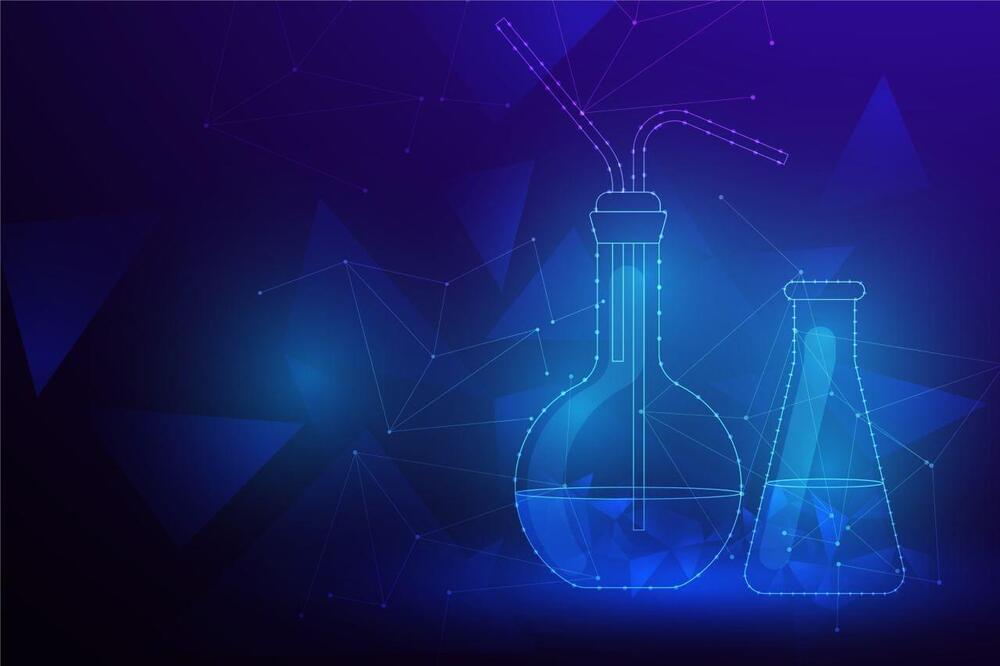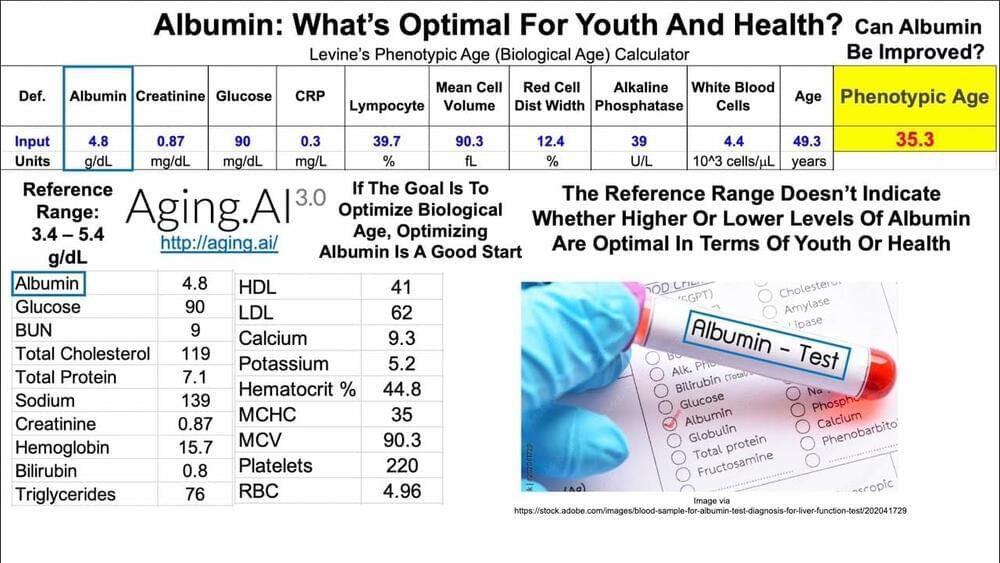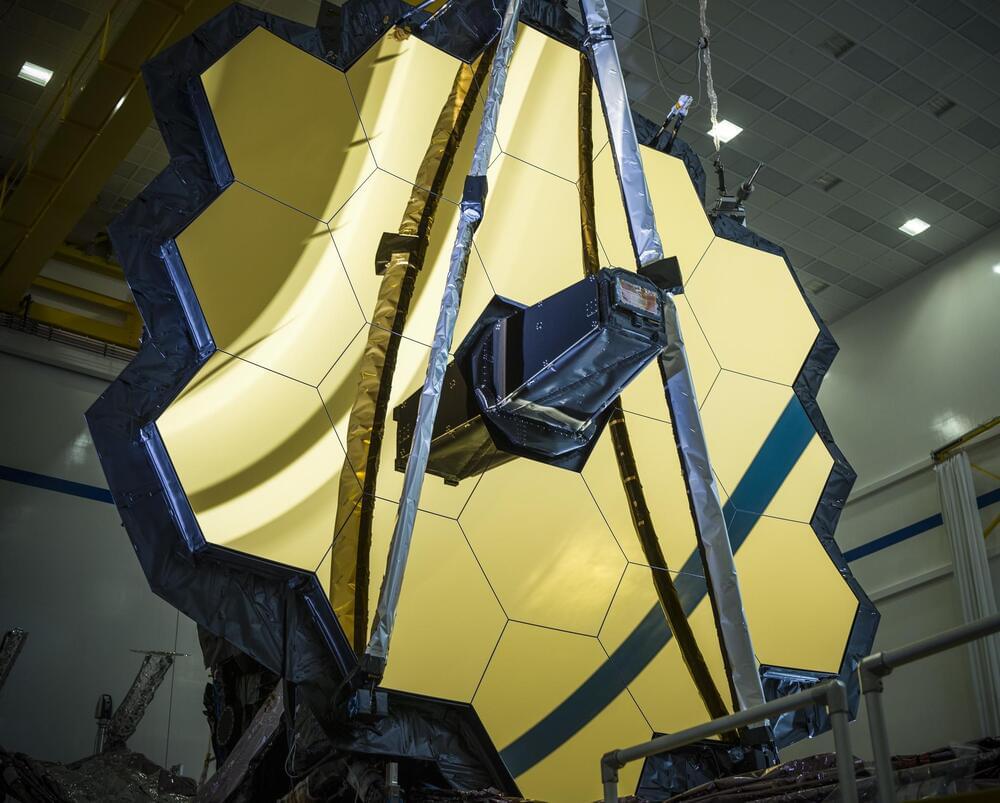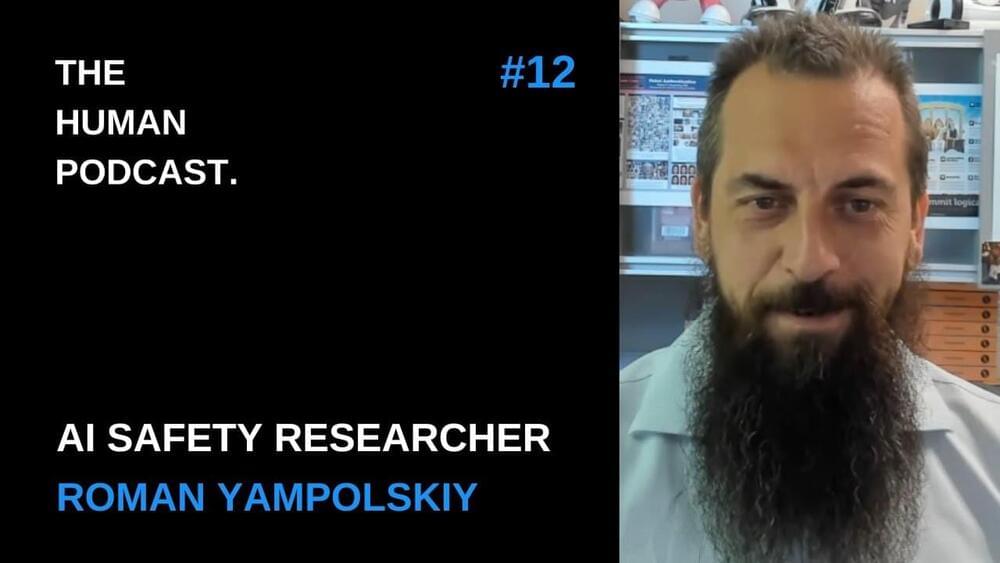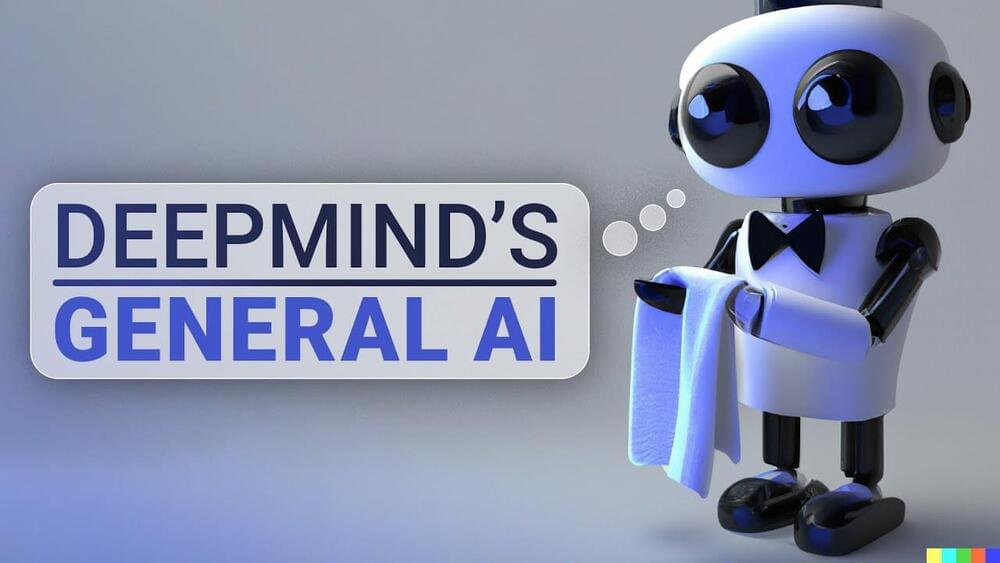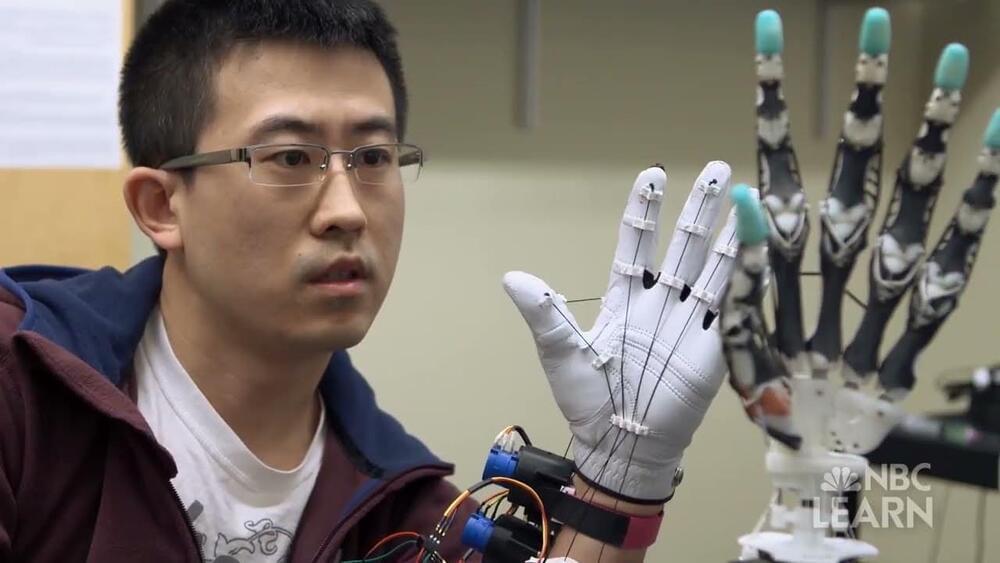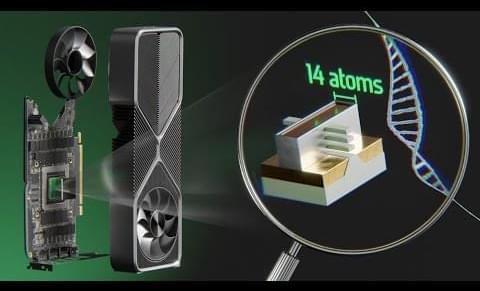A new demonstration of these exotic constructs could help bridge classical and quantum physics.
The use of fire was a key factor in the evolution of Homo sapiens, not only for the creation of more sophisticated tools but also for making food safer, which in turn aided brain development.
To date, only five sites with fire evidence dating back 500,000 years have been found worldwide, including Wonderwerk Caves and Swartkrans in South Africa, Chesowanja in Kenya, Gesher Benot Ya’aqov in Israel, and Cueva Negra in Spain.
Now, a n Israeli research team has used artificial intelligence algorithms to discover a sixth site that shows traces of human fire! The study revealed evidence of human use of fire at a late Paleolithic site in Israel. The research results have been published in the journal PNAS.
Sign in Welcome! Log into your account your username your password Forgot your password? Get help Default Kit Password recovery Recover your password your email A password will be e-mailed to you. HometechA celebrated AI has learned a new…
Artificial intelligence has altered the practise of science by enabling researchers to examine the vast volumes of data generated by current scientific instruments. Using deep learning, it can learn from the data itself and can locate a needle in a million haystacks of information. AI is advancing the development of gene searching, medicine, medication design, and chemical compound synthesis.
Scientists Detect Fastest-Growing Black Hole in the Universe
To extract information from fresh data, deep learning employs algorithms, often neural networks trained on massive volumes of data. With its step-by-step instructions, it is considerably different from traditional computing. It instead learns from data. Deep learning is far less transparent than conventional computer programming, leaving vital concerns unanswered: what has the system learnt and what does it know?
Join us on Patreon!
https://www.patreon.com/MichaelLustgartenPhD
Cronometer Discount Link:
https://shareasale.com/r.cfm?b=1390137&u=3266601&m=61121&urllink=&afftrack=
Papers referenced in the video:
Age and sex variation in serum albumin concentration: an observational study.
https://pubmed.ncbi.nlm.nih.gov/26071488/
Commonly used clinical chemistry tests as mortality predictors: Results from two large cohort studies.
Stress – whether it’s job strain, emotional wrangles or health worries – is something we all experience. However, a new study from USC shows stress accelerates aging of the immune system, potentially increasing a person’s risk of cancer, cardiovascular disease and illness from infections such as COVID-19 [1].
Longevity. Technology: The new research, which has been published in the Proceedings of the National Academy of Sciences, could help explain disparities in age-related health, including the unequal toll of the pandemic, and identify possible points for intervention.
“As the world’s population of older adults increases, understanding disparities in age-related health is essential. Age-related changes in the immune system play a critical role in declining health,” said lead study author Eric Klopack, a postdoctoral scholar in the USC Leonard Davis School of Gerontology. “This study helps clarify mechanisms involved in accelerated immune aging [2].”
So Excited!!…We Are All Invited!!…❤️🕶❤️…
NASA, in partnership with ESA (European Space Agency) and CSA (Canadian Space Agency), will release the James Webb Space Telescope’s first full-color images and spectroscopic data during a televised broadcast beginning at 10:30 a.m. EDT on Tuesday, July 12, from NASA’s Goddard Space Flight Center in Greenbelt, Maryland.
Roman Yampolskiy is an AI safety & security researcher. He’s a tenured associate professor at the University of Louisville and the director of the Cyber Security Laboratory.
The Human Podcast is a new show that explores the lives and stories of a wide range of individuals. New episodes are released every week — subscribe to stay notified.
AUDIO:
Spotify — Online Shortly.
Apple Podcasts — Online Shortly.
SOCIAL:
Deepmind takes a step towards general AI!
Two Minute Papers
❤️ Check out Weights & Biases and sign up for a free demo here: https://wandb.com/papers.
AI News includes a breakthrough in brain computer interface tech that allows brain to brain communication between two operators, a modular, stackable AI chip for edge computing and consumers, and a spiking neuron array to allow robots to sense size, temperature, and weights when touching objects.
AI News Timestamps:
0:00 BCI Enables Brain-To-Brain Communication.
2:58 Edge Computing Modular AI Chip.
6:10 Robot Touch For Size, Temperature, & Weights.
Learn more about the future of decentralized AI here:
SingularityNET AGIX Website — https://singularitynet.io/
Developer Documentation — https://dev.singularitynet.io/
Publish AI Services — https://publisher.singularitynet.io/
AGIX Community Telegram — https://t.me/singularitynet
AGIX Price Chat Telegram — https://t.me/AGIPriceTalk
#ai #bci #robots
How small is a TRANSISTOR exactly? Companies like Intel and AMD talk about transistors being 2 or 3 nanometers large, but is that actually how small they are? In this video, we’re going to zoom in on the smallest devices and technologies that drive our modern world.
If you’re wondering why some devices are out of order in regards to size, here’s the reason. The order of devices shown is primarily organized by decreasing size, however sometimes we prioritize the year in which the technology was commercialized, and then a couple times we order the objects based on the flow of the animation.
Do you want to support in-depth engineering and technology education? Support us on: www.patreon.com/brancheducation.
Or Join us on YouTube Memberships:


